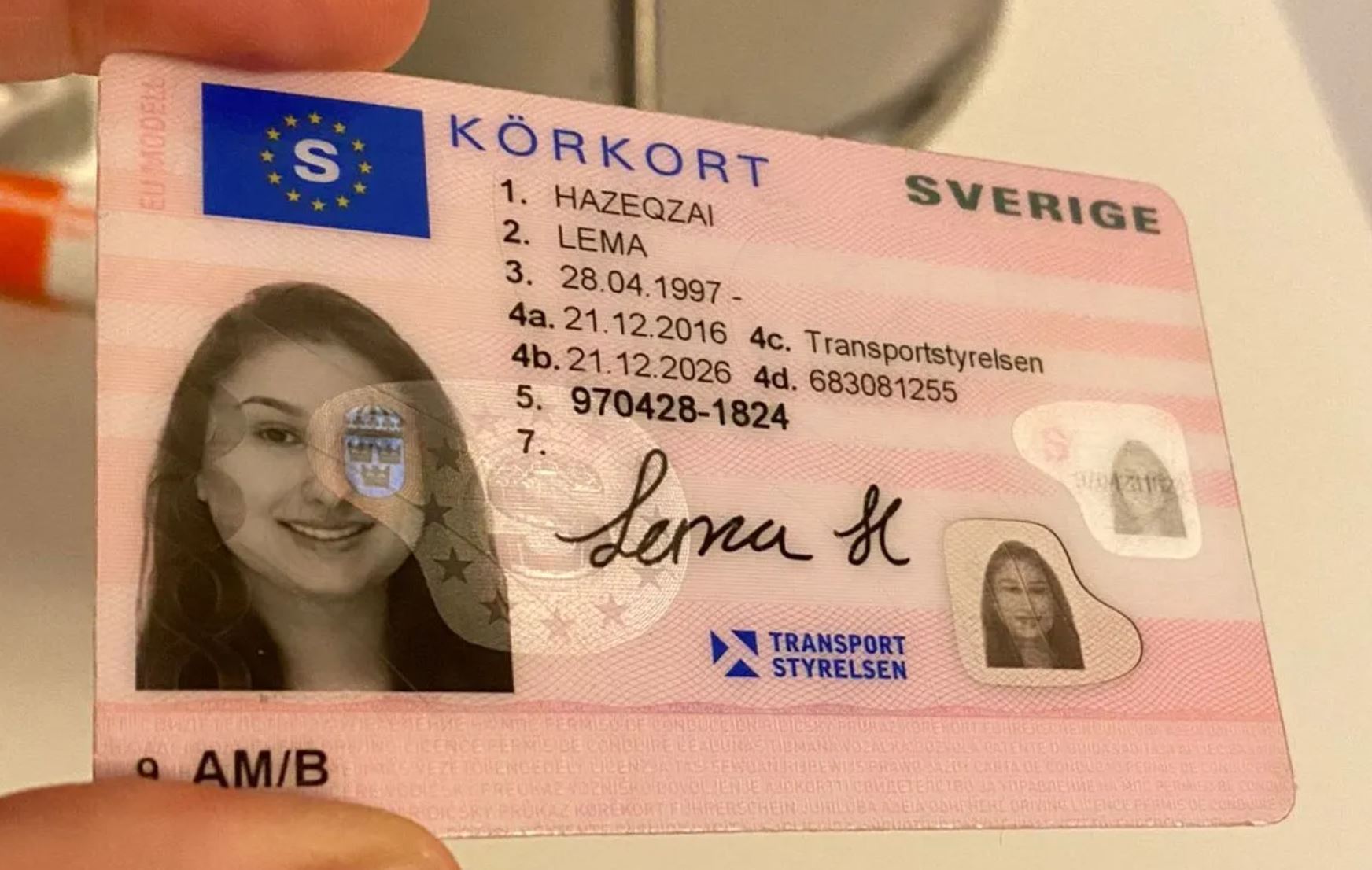Navigating the New Landscape of Driving License ID Handling in 2025
In every society, the driving license acts as a crucial file, not just as a proof of the capability to run a lorry however also as a recognition tool. As we enter 2025, substantial modifications have emerged regarding the handling and management of driving licenses, primarily influenced by advances in technology, evolving regulations, and the requirement for enhanced security steps. This short article intends to deliver an extensive summary of driving license ID handling in 2025, elucidating the innovations included, the approaching legal transformations, and supplying answers to common queries.
The Transition to Digital Driving Licenses
Among the most significant transformations in driving license ID handling is the widespread adoption of digital driving licenses. These digital licenses are saved digitally on smart devices, offering multiple benefits to both motorists and authorities. In the United States, for example, many states have started carrying out digital chauffeur's licenses, while countries such as Canada and the UK are anticipated to follow fit soon.
Key Benefits of Digital Driving Licenses
- Convenience: Easily available on mobile gadgets, getting rid of the need to bring physical copies.
- Boosted Security: Incorporating biometric features and file encryption helps to fight identity theft and scams.
- Real-time Updates: Immediate updates to individual details, such as modifications in address or status, boost accuracy.
Difficulties and Concerns
In spite of the advantages, the shift to digital licenses presents obstacles, consisting of concerns about privacy, cybersecurity hazards, and the digital divide impacting those without access to mobile phones or the web.
Modifications in Regulatory Framework
As we head into 2025, a number of regulations surrounding driving licenses have come under scrutiny and improvement. Governments and regulative bodies are focusing on ensuring that driving licenses are protected, legitimate, and provided in compliance with established laws.
Key Legislative Trends
- Standardized ID Formats: Countries are moving towards a standardized format for driving licenses to improve recognition and improve security.
- Increased Verification Procedures: Authorities are now employing advanced approaches such as facial recognition and AI to boost verification procedures at checkpoints.
- Concentrate on Sustainability: With growing ecological concerns, many states are going with environment-friendly products for physical licenses and checking out robust digital options.
- Age and Identity Verification: Enhanced measures are being put in place to precisely confirm the age and identity of chauffeurs, particularly in contexts where age-related laws use to driving.
The Global Perspective: State-By-State Comparison
| Nation | Digital License Implementation | Existing Regulations | Notable Features |
|---|---|---|---|
| United States | A number of states in progress | Varies by state, efforts to combine formats | QR codes for easy validation |
| Canada | In pilot stages | Standardized recognition throughout provinces | Combination with health IDs |
| UK | Early adoption phase | Focus on online renewal and info updates | Digital verification through the app |
| Australia | Under factor to consider | Increasingly rigid identification procedures | Concentrate on scams prevention |
The Role of Technology in ID Handling
Technology is reinventing how driving licenses are managed. AI, blockchain, and biometrics are becoming integral to driving license issuance and verification.
Developments Shaping the Future
- Expert system: AI algorithms are now used for acknowledging patterns in driving behaviors, which can inform insurance premiums and legal implications.
- Blockchain Technology: Ensuring the integrity and authenticity of driving license data, blockchain technology permits secure sharing of details between authorities without worry of tampering.
- Biometrics: Increasingly, biometric systems are implemented at the point of issuance and verification, such as facial recognition and fingerprint scanners, to make sure protected identity verification.
Possible Impacts of Emerging Technologies
The application of these technologies can lead to enhanced reliability and security of driving IDs, but it raises concerns about data personal privacy and user consent.
Regularly Asked Questions (FAQs)
1. What should I do if my digital driving license is lost or taken?
You ought to right away report the loss or theft to your regional motor automobile agency. A lot of digital licenses have built-in functions to disable access remotely.
2. Are digital driving licenses accepted everywhere?
As of 2025, approval of digital licenses varies by area. It's encouraged to bring both digital and physical copies when taking a trip throughout state or national borders.
3. Can I upgrade my info on a digital driving license?
Yes, updates can often be made through the associated mobile application or website of the releasing authority.
4. What are the security procedures for digital licenses?
Digital licenses normally integrate features such as encryption, two-factor authentication, and biometric confirmation to improve security.
5. How will standard driving licenses be impacted?
The relocation towards digital licenses may minimize the issuance of physical licenses, however they will still be available for those not able to gain access to digital choices.
As we advance into a brand-new age in 2025, the handling of driving licenses is enhancing to satisfy the needs of modern society. Through technological advancements and regulatory reforms, individuals can expect a more secure, effective, and streamlined procedure for acquiring and managing their driving licenses. Nevertheless, as Köp Snabbt Körkort , it remains necessary to address obstacles associating with personal privacy, security, and ease of access, making sure fair roadway gain access to for all motorists while securing individual information. As governments around the world continue to adjust to these changes, the future of driving license ID handling is set to be both dynamic and transformative.

